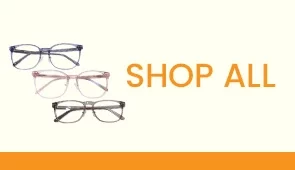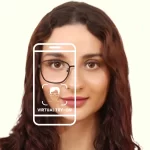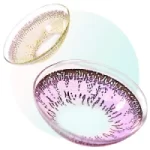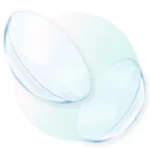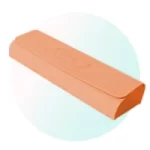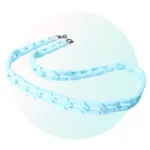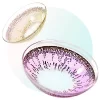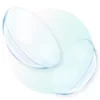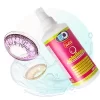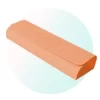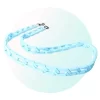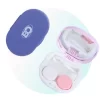Tips & Guides
FOR ALL EYEWEAR TYPES
Ordering the Perfect-Sized Glasses Online
Know your measurements and the frame material before buying glasses online
Frame and Lens Guide
Helpful information to understanding eyeglasses
Lens Prescription
Guide to choosing lenses for your vision needs
Tips and Guides
How to Read an Eyeglass Prescription?
Reading your glasses prescription can be tricky because of the variety of numbers, terms, and symbols. But they’re written in a standard format, making them decipherable anywhere in the world.
OD vs. OS
They are used to identify your right eye from the left. OD is short for Oculus Dexter and is your right eye, while your left eye is OC or Oculus Sinister.
Plus sign (+) or no sign vs. Minus sign (-)
A plus sign or no sign means you have farsightedness, and a minus sign indicates nearsightedness. You’ll need a stronger vision correction the higher the number is after the sign.


Sphere (SPH)
Indicates whether you have nearsightedness or farsightedness.
Cylinder (CYL)
This tells the degree of astigmatism in your eyes. The lens power to correct it will depend on the number given to you.
Axis (AX or X)
The numbers here are in degrees from 0 to 180. It tells the astigmatism position in your eyes.
What Are Refractive Errors?
Wondering why your eyes cannot focus on images? It’s due to the irregularity of their shape that leads to blurry vision.
Myopia (nearsightedness)
If you have this, you see better up close while distant objects appear blurry. Recognizing your friends’ faces from far away can be challenging until they’re right in front of you.
Hyperopia (farsightedness)
Seeing objects at a distance is easier than perceiving them when they’re closer. If you have this, reading words at the other end of the room during meetings is effortless compared to reading them near you.


Presbyopia (loss of near vision with age)
As you get older, you can develop this specific type of farsightedness. It typically develops once you reach older than 40. That’s why the need for reading glasses as you age makes so much sense.
Astigmatism
Whether up close or at a distance, objects appear blurry. It is due to the football-like shape of your eyes instead of them being round. Thus, light entering your eyes bends or distorts more than it should.
Frame Size
Determining your eyeglasses size is crucial for finding the perfect pair. Here are steps to help you know your frame measurements:
Eye/lens size
The Horizontal width of the lens. Often ranges from 42mm-58mm
Bridge size
The length between the lenses. Often ranges from 18mm-22mm
Temple length
The length of the frames’ arms. Often ranges from 135mm to 150mm
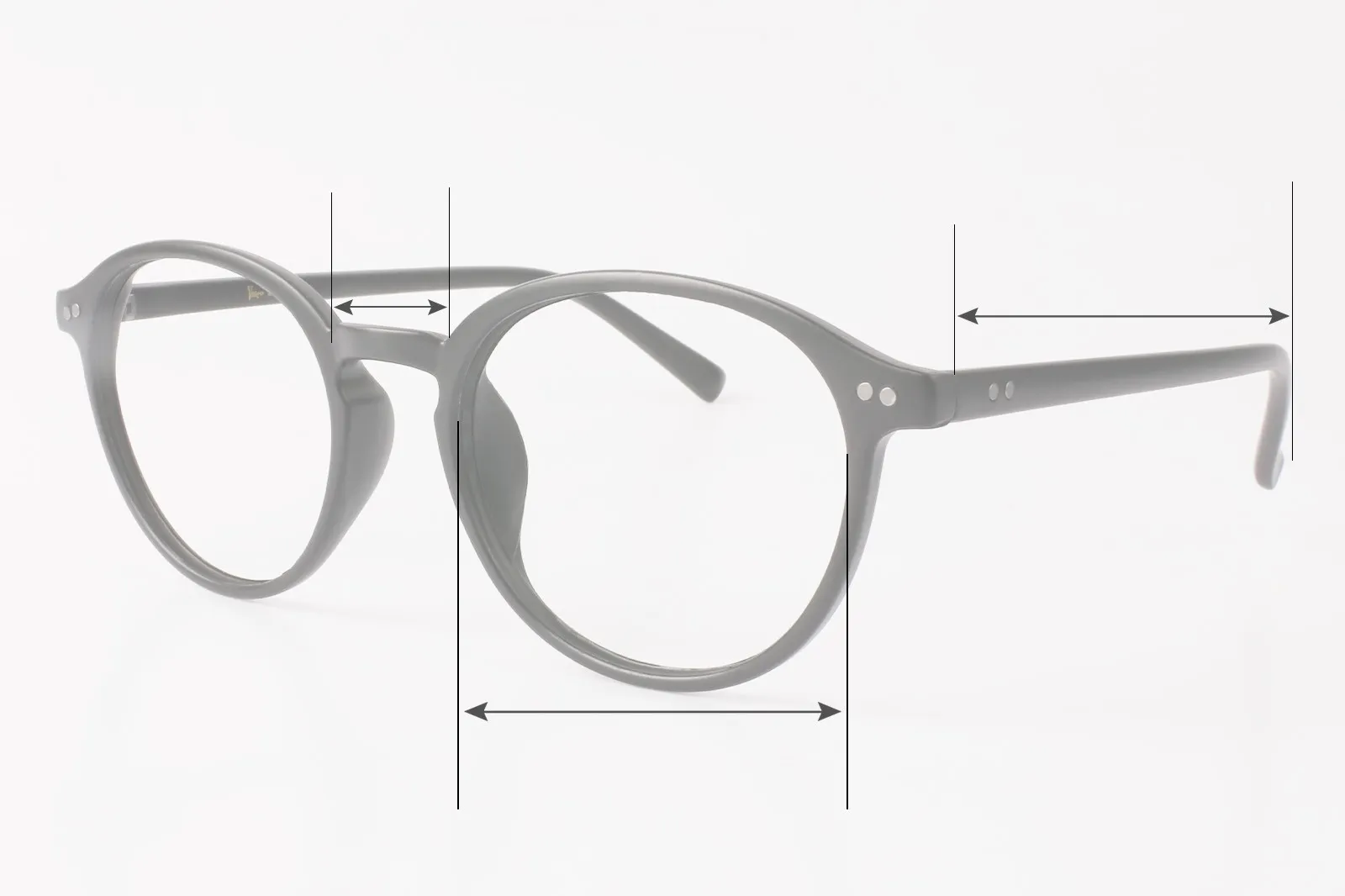
Frame Material
Most eyeglasses and sunglasses are made out of plastic, acetate, metal and titanium. When shopping for your ideal pair, you will also have to consider if it is lightweight and snug-fit. Here are the brief descriptions of materials:
Titanium
Known for its strength and lightweight properties, titanium frames are hypoallergenic and resistant to corrosion, making them ideal for those with sensitive skin.
Plastic
Lightweight and versatile, plastic frames offer durability and come in a wide range of colors and styles.
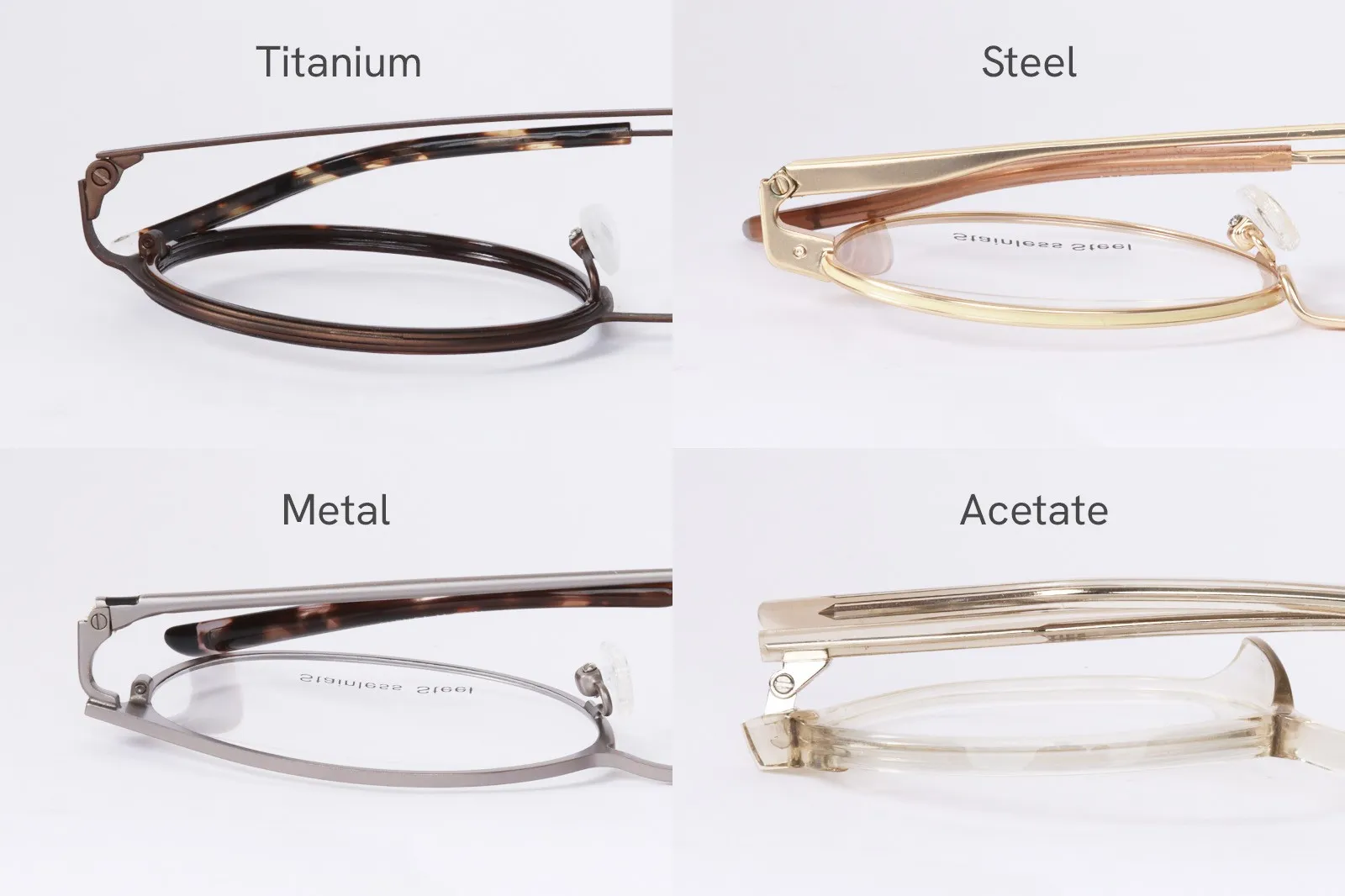

Acetate
Acetate frames are lightweight, flexible, and available in various colors and patterns. They offer durability and can be easily adjusted for a comfortable fit.
Stainless steel
A durable and lightweight material, stainless steel is resistant to corrosion and offers a sleek and modern aesthetic for eyewear.
Face shape and Style
It is important to opt for a pair of eyeglasses that will complement your face shape, and match your style.
Guidelines for face shape:
Round Faces:
Angular or rectangular frames can add definition and balance to round features.
Square Faces:
Rounded or oval frames can soften the angles of a square face and create a more harmonious look.


Oval Faces
Oval faces are versatile and can pull off a wide range of frame styles. However, it’s essential to maintain balance and not overwhelm delicate features.
Heart-Shaped Faces
Frames that are wider at the bottom can help balance a narrower chin, while avoiding overly heavy or dramatic styles.
Diamond-Shaped Faces
Rimless or oval frames can complement the cheekbones and soften the angles of a diamond-shaped face.
Guidelines for your style:
It is important to note that your preferences and style matters when it comes to choosing the perfect pair. Here are some of the things you must consider:
Material:
Frames come in various materials, including plastic, metal, and acetate. Choose an eyewear consisting of materials that align with your comfort preference.
Frame Size:
The size of the frames should be proportionate to your face size.
Design:
Consider the eyewear’s style, temple design, and nose bridge style. These elements can add personality to your eyewear.






